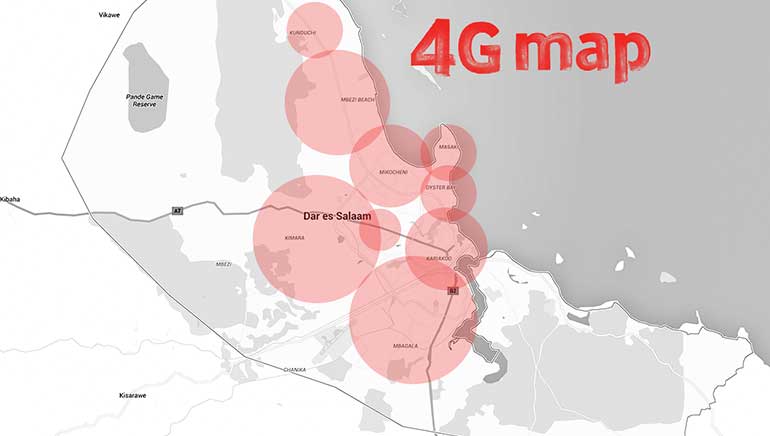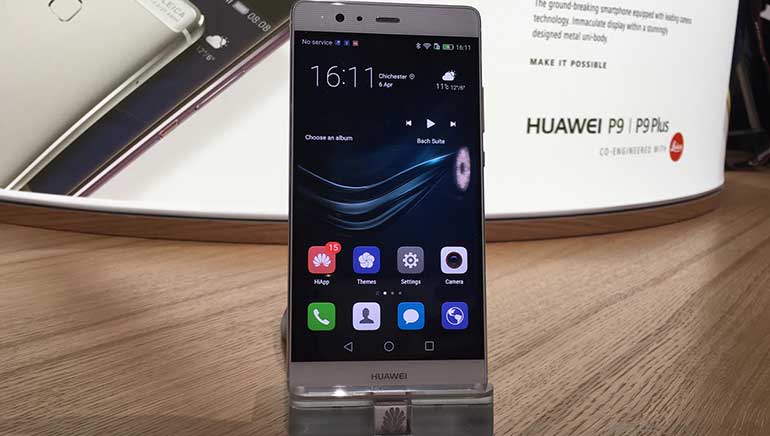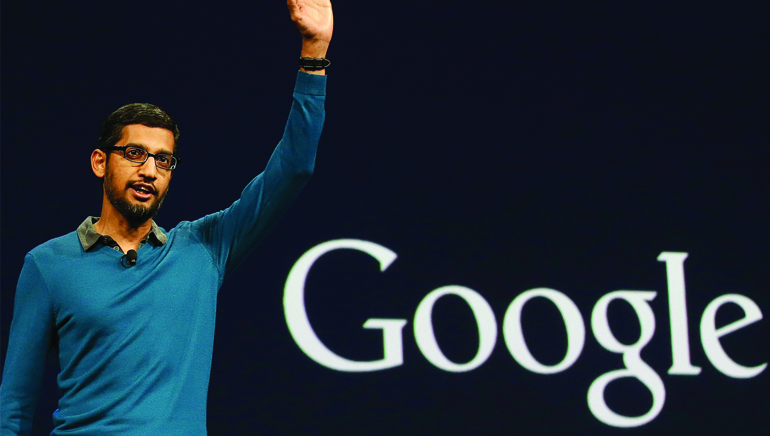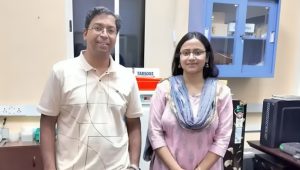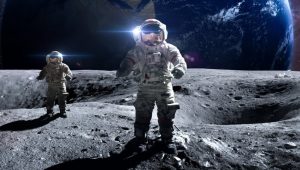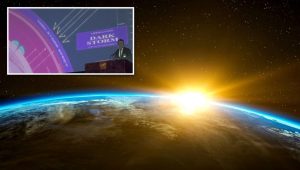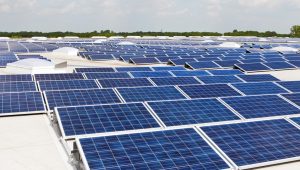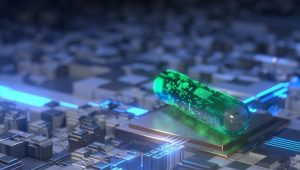Strengthening their Tanzanian partnership, Nokia and Vodacom introduced 4G in Dar es Salaam in May 2016. With this service, Vodacom has become the largest wireless telecommunications network of the country. The services were started in Dar es Salaam on 11 May 2016 and are expected to reach all major cities of Tanzania in the upcoming times.
While Vodacom is looking forward to 200Mbps download speeds as an “eventual goal”, for the present time, it is believed that the network is capable of delivering downlink transmission speeds of up to 70Mbps.
Prior to this launch, the company began testing 4G LTE in 2013 with Nokia Networks. It is expected that the coverage will gradually extend to other major parts of the country as well. Earlier, Nokia also supplied 2G and 3G equipment for Vodacom. Presently, Nokia marks its presence in almost all countries in Africa and is striving hard to expand its reach across other global destinations. It also manages Vodacom’s network in Tanzania.
The Country Senior Officer of Nokia, Pete Beadle said “Nokia is spending 4.5 Billion Euro per annum. That is equivalent to the GDP of Dar Es Salaam. It is a serious investment done to make sure we will continue leading innovation to expand the human possibilities of the connected world.” He also remarked that this launch is an exemplification of the effort Nokia is setting into research and development. The company asserts that it has a vision to lead Tanzania into the digital world and hence make sure that they provide state-of-the-art services across the nation.
Managing Director of Vodacom Tanzania Limited, Mr. Ian Ferrao also remarked that their company wants to contribute towards the nation’s growth and development and said that “Our vision is to lead Tanzania into the digital age and in order to achieve this we are committed to ensure that we deliver the best 4G services available in the Country.”
Understanding the crucial position that network has in the socio-economic development of a nation, this launch has set a milestone in the telecommunications industry of the country.





